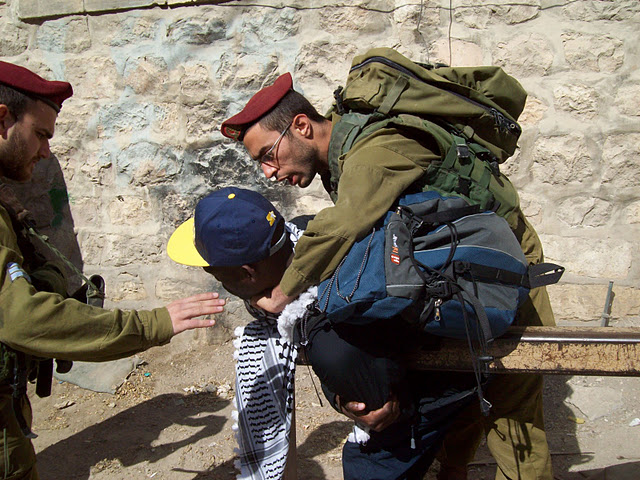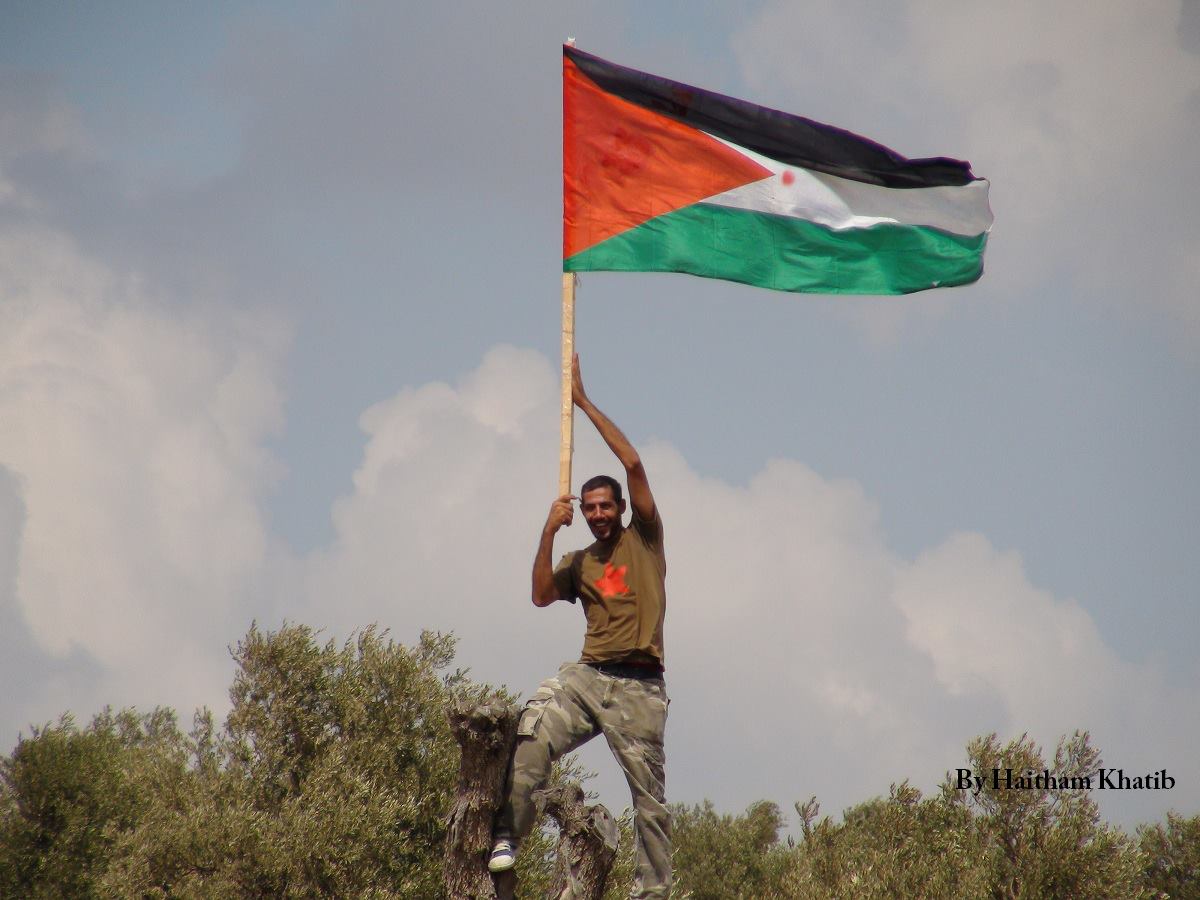Tag: Video
-
Israeli military profiling and assaulting international observers in Hebron
5 November 2011 | International Solidarity Movement, West Bank For over a week now, ISM activists have been continually harassed, and on one occasion assaulted, by Israeli soldiers who have frequently demanded that internationals to hand over possessions of their passports. This ongoing situation has occurred within the ‘H2’ zone in the city of Hebron,…
-
Ashraf Abu Rahmah, brother of two Bil’in casualties, arrested during protest
22 October 2011 | Popular Struggle Coordination Committee Ashraf Abu Rahma, brother of Bassem and Jawaher Abu Rahma who were killed by the Israeli army in Bil’in is falsely accused of stone-throwing and was sent to Ofer Prison. Ashraf himself was shot in the leg by the army while cuffed and blindfolded in a scandalous incident in 2008. The…



